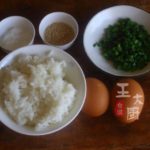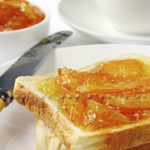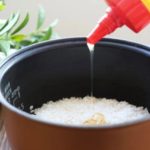Fried rice is a popular dish that many people choose for breakfast, lunch, or dinner because it is delicious and convenient, without the need for many dishes. However, when frying rice at home, many people complain that their rice is not fluffy, shiny, and firm, even sticking together and not tender. This reduces the attractiveness of fried rice.
Chef explained that what makes the rice stick together, not fluffy when frying is because when cooking rice, you forgot a step. Specifically, you can follow the simple tips below:
Preparation:
– 500g shrimp, 150g rice, 3 eggs
– 100g pickles, 50g carrots, 15g onion or spring onion
– Seasoning for marinated shrimp: 0.5g salt, 5g chopped onion, 3g ginger, about 0.3g pepper and 5g cooking wine
– Seasoning for frying rice: 5g + 15g + 20g vegetable oil (separate), 10g cooking wine, 2g salt, 2g sugar (optional)
Instructions:
When frying rice, it is best to cook the rice the day before and leave it in the refrigerator overnight so that the rice kernels become firm and tender when fried. If it is freshly cooked rice, you need to let it cool completely before frying.
When cooking rice, you need to pay attention to a very important step to make the rice kernels firm, not sticky when frying, that is to wrap and mix the rice. You need to wrap the rice well to reduce stickiness but also not wrap too tightly to make the rice lose its texture. After wrapping, drain the water and then put it in the pot. At this time, add 5g vegetable oil and mix well. Rice cooked this way will be shiny, transparent, ensuring delicious taste and beautiful in appearance. Then, pour water to cook rice as usual.
Note that it is best to let the rice cool before frying, or put it in the refrigerator overnight.
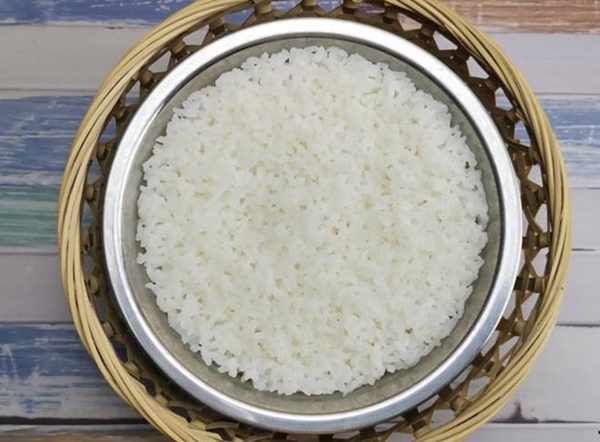
Next, prepare the shrimp. Peel the shrimp, remove the black thread, rinse, and put in a bowl. Add 0.5g salt, 5g chopped onion, 3g minced ginger, about 0.3g pepper and 5g cooking wine, mix well. Marinate for 30 minutes, the shrimp will be tasty and less fishy.
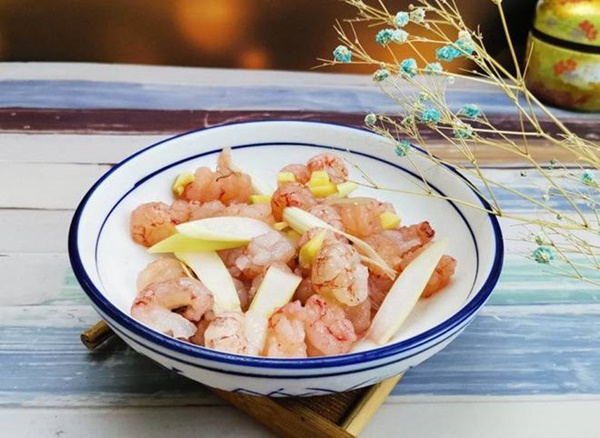
Clean and cut the pickles and carrots into small pieces. Chop the onion. Beat the eggs in a bowl.
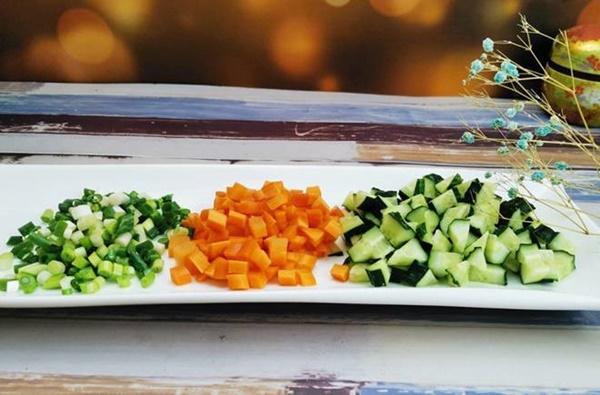
Pour 15g vegetable oil into the pot, heat the oil to 40%, about 120 degrees C, add the shrimp and stir-fry until it turns red and has an attractive aroma. Add 1/3 of the chopped onion to make it fragrant, 10g cooking wine, stir well, and then put the shrimp on a plate.
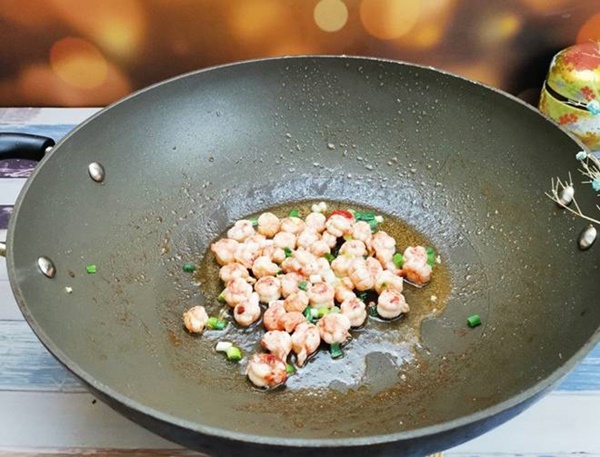
Clean the pan and heat it up, add 20g cooking oil and swirl the pan to evenly distribute the heat. When the temperature reaches 70%, add the eggs and stir well to separate them. Sprinkle 1/3 of the chopped onion and stir well.
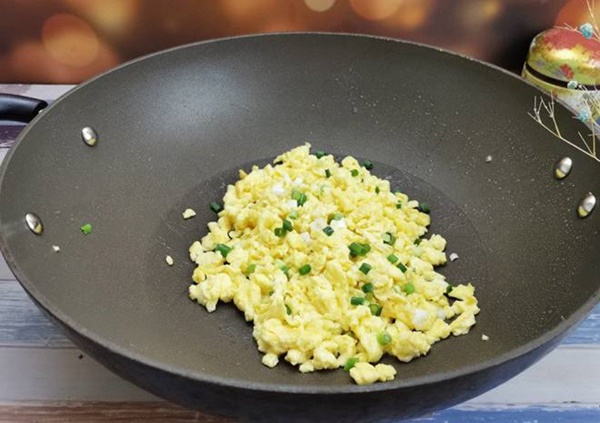
Finally, add the rice and use a spatula to stir well so that the rice grains separate. Add pickles, carrots, and then add 2g salt, continue stirring to make the rice grains firm again. Finally, sprinkle the remaining 1/3 of the chopped onion, stir, and turn off the heat.
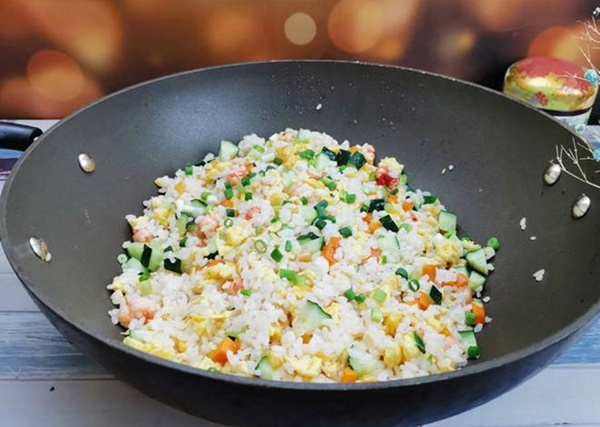
Put the fried rice in a plate and enjoy it hot.
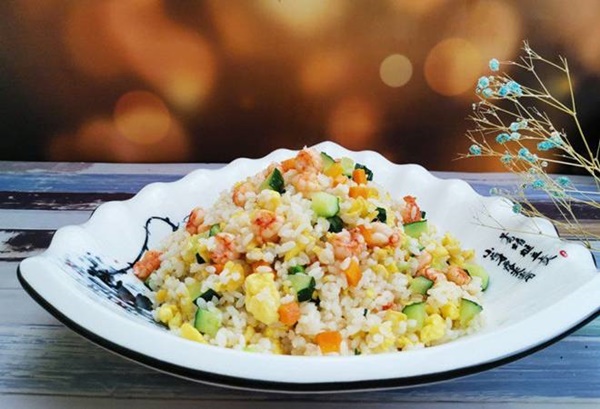
So, if you want the fried rice grains to be firm, shiny, and not sticky, when cooking, you should remember to wrap the rice a bit and mix it with a little oil. Also, you should let the rice cool completely before frying!
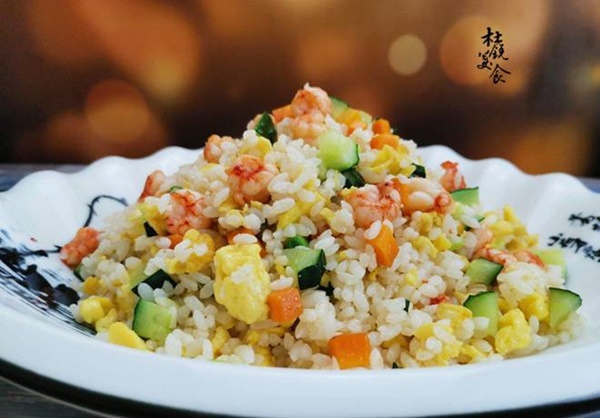
Wish you success!
According to thoidaiplus
5 Effective Ways to Make the Most of Excess Fruits and Vegetables
Many housewives often encounter the problem of buying too many fresh and delicious fruits and vegetables at the market, but not being able to use them all, leading to wastage. Here are 5 ways to avoid this situation!

























